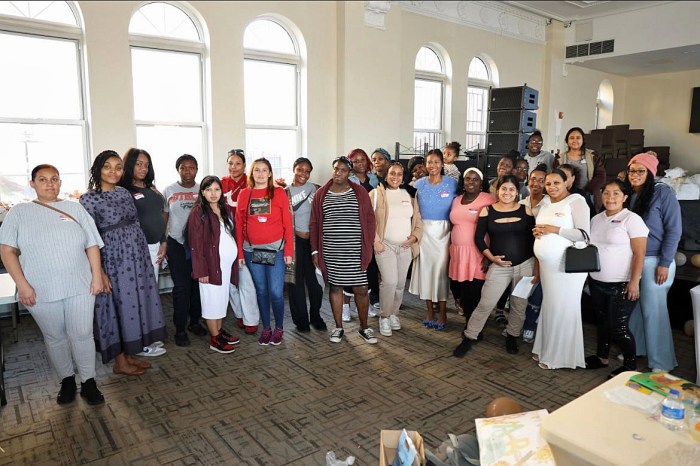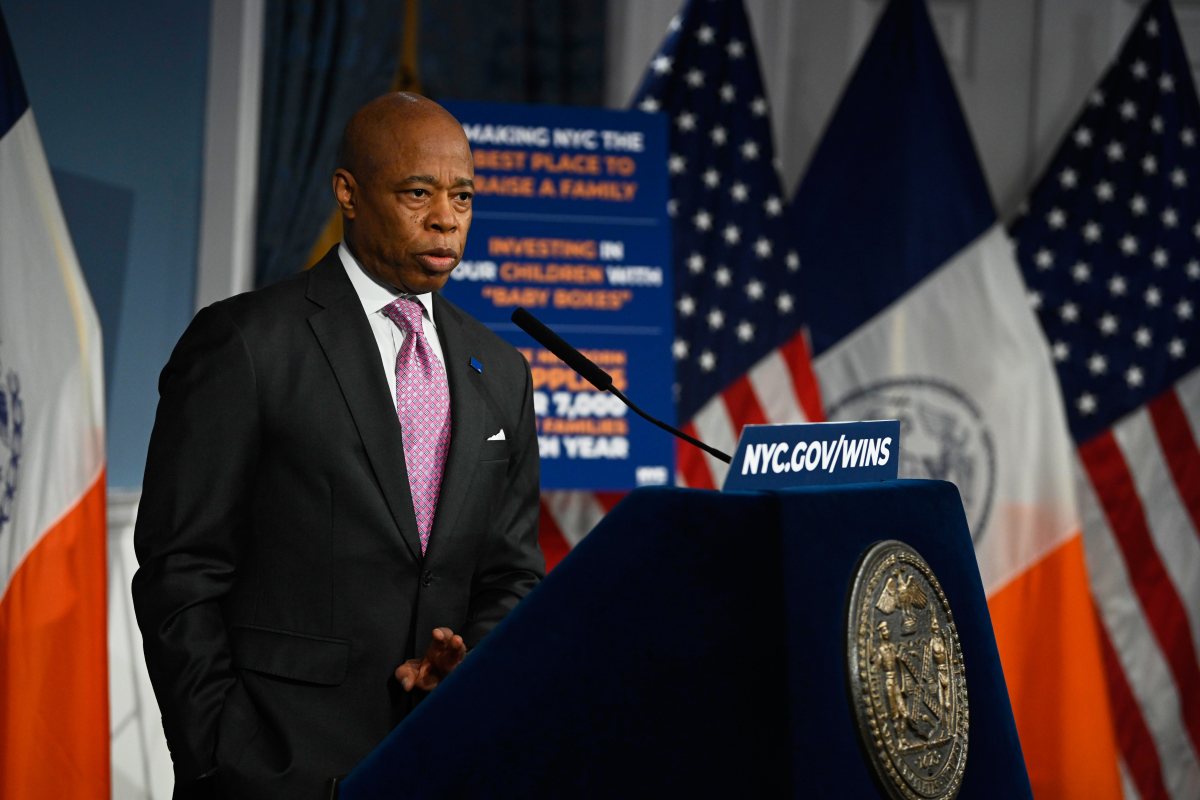Are you worried about neighborhood crime? It seems like crimes are on the front page of every newspaper almost every day. Whether you live in an urban environment, an isolated rural home, or a new subdivision, crime can happen in your neighborhood.
It’s easy to think that crime will never “happen here,” but the reality is that crime and criminal activity can happen just about anywhere. Whether you’re afraid to go for a walk in your neighborhood or simply don’t want crime to affect your family, consider the following ways to help your neighborhood prevent crime.
First, a proactive, determined approach to stopping crime in your neighborhood is much better than reacting once crime starts happening. We have a tendency to wring our hands in agony when a crime takes place, then forget about it a week later, until details of the next gruesome one takes place.
A neighborhood watch program is a good way to work to end crime. It has the added benefit of bringing together the people who live near you. Getting to know your neighbors can help you spot things or people that are out of place right away. You also may have seen “neighborhood watch” signs along streets in some neighborhoods. These can be helpful in deterring criminals by telling them that the homeowners and residents will be watching for any suspicious actions.
In high crime areas of New York City there is one other constant besides the frequency and regularity of crimes – public apathy and reluctance to trust the police. While community/police relations have been stressful and painful at times, there must be a renewed and increased dialogue so that community residents can start trusting the police and do not give shelter to criminals by remaining silent when crimes are committed.
Do not be afraid to call the police when you think a crime may be happening in your neighborhood. Perhaps they will even be able to catch the criminal in the act; which is a lot easier than chasing after them days later.
Watch the news, and be aware of any crimes that occur nearby so that you can have a sense of crimes that are likely to happen in your neighborhood. Look for signs of vandalism or drug activity, and know your police precinct’s non-emergency number in case you ever need to call the cops for a non-emergency situation. Report anything that seems out of place.
Law enforcement is but one weapon in the arsenal of crime prevention. As citizens and residents we must do our part. Crime – all kinds of crimes – will never “go down” if, as stakeholders in our community, we continue to say that “fighting and preventing crime is the job of the police.” And the now debunked belief that talking to the cops is “ratting out someone” is just plain wrong. Would you let a murderer or rapist go free just because you don’t want to be a “rat or a snitch?” We owe it to the victims of crimes to come to their aid so that this wrong will be righted. Staying silent in the face of crime is to be complicit with the criminal and his or her actions.
No matter how safe you feel your neighborhood is there are steps you can take to make your home the one on the block that’s least likely to attract criminals. For example, you should keep your home well-lit, and your doors and windows locked. Make sure the curtains are closed, especially in any room where expensive electronics and similar possessions are readily visible. Criminals usually “case the joint” (survey the area, memorize details and look for places to enter) before they break into your home.
And finally it is important that you and your loved ones are safe. There are many self defense products readily available that can be the difference between life and death. Pepper sprays, commercial stun guns and other devices can be obtained by a simple Internet search. But by far the best advice from the experts is to be aware of your surroundings and trust your instincts. Remember, even if you live in a “safe” part of town, it is still possible for crime to affect your neighbors, your family, and yourself.
Here are some tips to help you stay safe and send the criminals packing;
1.Work with public agencies and organizations – neighborhood-based and community-wide – to solve common problems. Tell them what are your needs and ideas to make your neighborhood safer.
2.Find positive ways for young people to use their spare time – part-time work, tutoring programs and volunteer opportunities.
3.There is safety in numbers – hold rallies, marches and group activities to show that residents are determined to drive out crime.
4.Clean up your neighborhood – involve the whole community in graffiti removal, litter clean-ups, and ask the city to remove abandoned cars and demolish or board up run-down buildings that create a place for criminals to “do business.”
5.Work with schools to establish drug-free zones, gun-free zones and ask the city parks department to do the same for parks.
I believe that these methods replicated across all of New York City’s neighborhoods will drive down crime. It’s time that we take back our neighborhoods.
John L. Sampson is the N.Y. State Senate Democratic Conference leader.


























